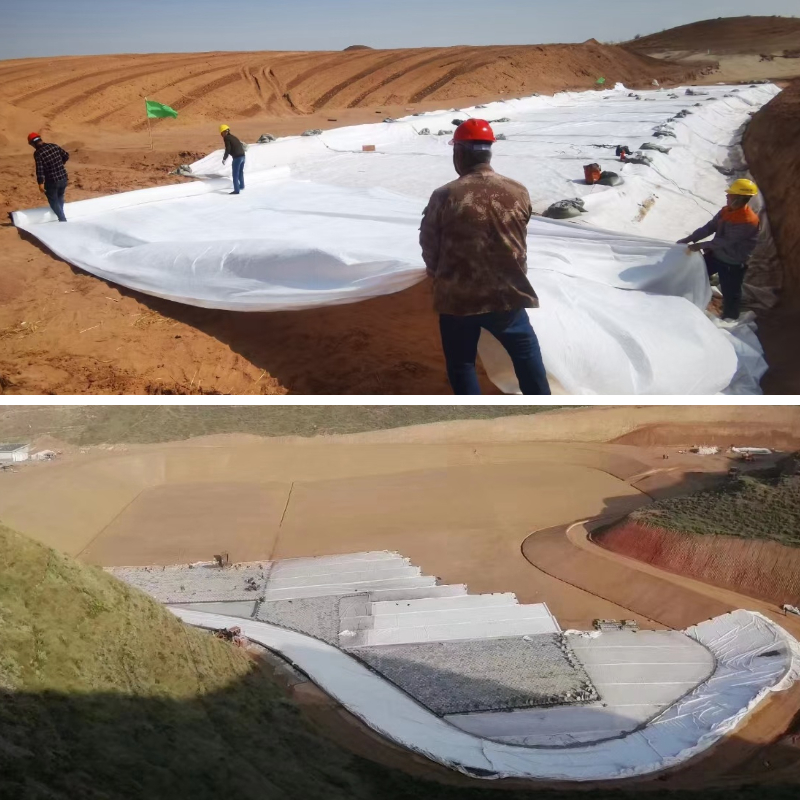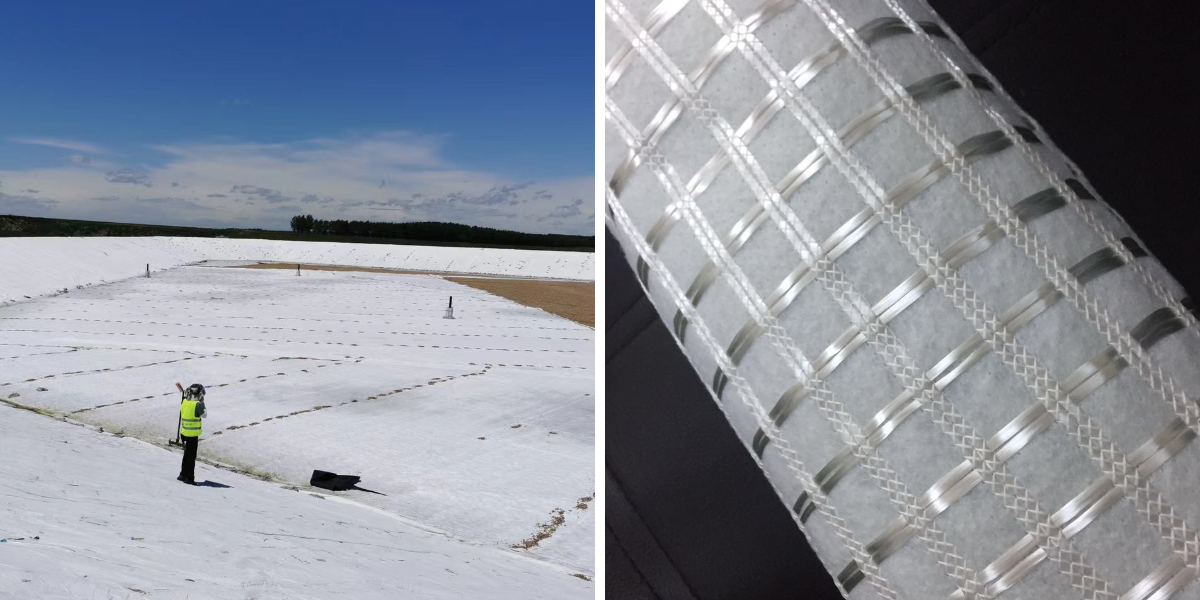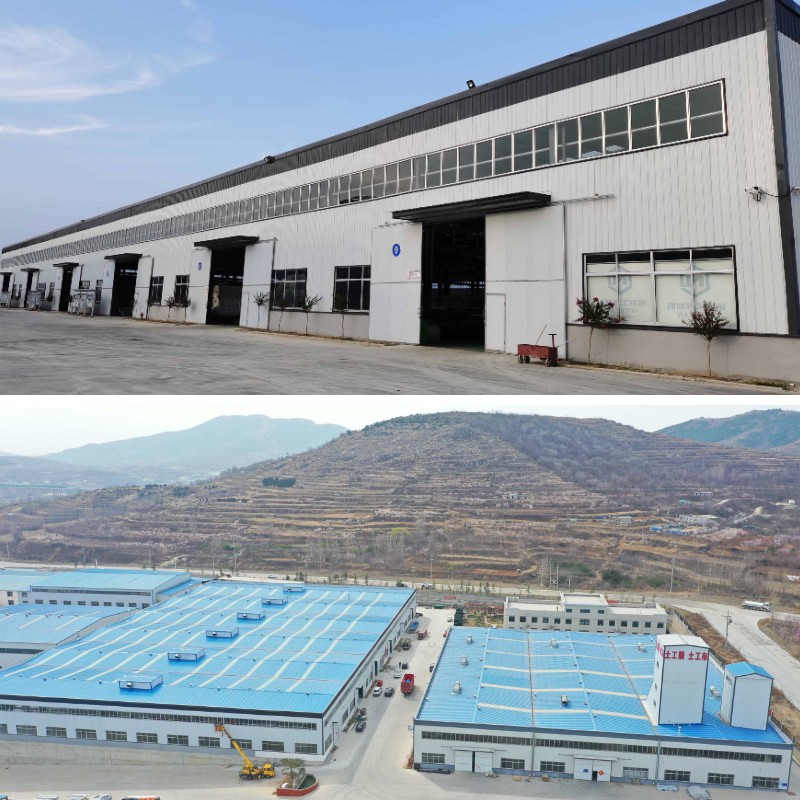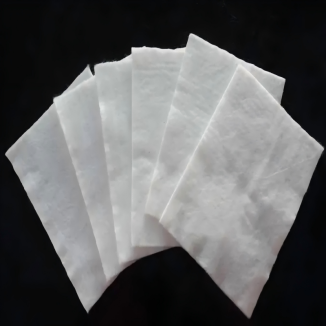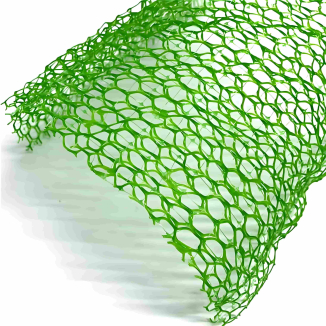Geotextile vs. Geofabric: Is There a Difference?
If you are concerned in construction, civil engineering, or even a essential landscaping project, you've got probable heard the phrases "geotextile" and "geofabric." They are regularly used interchangeably, leaving many to wonder: is there a actual difference, or are they simply two names for the equal product? Understanding the difference is integral for deciding on the proper cloth for your project, making sure its longevity, stability, and success.
In short, all geofabrics are geotextiles, however now not all geotextiles are geofabrics. "Geotextile" is the broad, umbrella time period for permeable artificial fabric used in soil and rock, whilst "geofabric" generally refers to a specific, sturdy kind of geotextile. Let's unravel the details.
What is a Geotextile? The Foundation of Modern Engineering
A geotextile is a permeable synthetic fabric material, generally made from polymers like polypropylene or polyester. It is designed to be used in contact with soil, rock, or any different geotechnical fabric as an indispensable phase of a human-made project, structure, or system. Think of it as a high-tech blanket that sits between distinctive layers of soil or combination to enhance the ground's performance.
The foremost features of a geotextile are separation, filtration, drainage, and reinforcement. These versatile substances are the workhorses of civil and environmental engineering, stopping the mixing of soil layers, permitting water to skip whilst retaining soil in place, and including tensile power to susceptible soils. The most frequent uncooked cloth is polypropylene geotextile, prized for its fantastic chemical resistance and durability.
The Two Main Types of Geotextile
To recognize the place geofabric matches in, you first want to understand the two major classes of geotextiles:
Woven Geotextiles: These are created through weaving man or woman yarns together, a whole lot like common garb fabric. This system outcomes in a strong, secure fabric with a exceedingly low permeability. Woven geotextiles are fantastic for functions requiring excessive tensile strength, such as soil reinforcement beneath roads and embankments.
Non-Woven Geotextiles: These are manufactured through bonding artificial fibers collectively thru mechanical, thermal, or chemical means. This creates a felt-like fabric that is thicker and greater porous. Non-woven geotextiles are champions of separation, filtration, and drainage, making them perfect for use in the back of holding walls, in drainage systems, and below erosion manage blankets.
So, What Exactly is a Geofabric?
Now, let's tackle the time period geofabric. In the industry, "geofabric" is no longer a technical classification however a frequent identify that has developed to describe a specific, heavy-duty subset of geotextiles. When experts use the phrase material geotextile or geofabric, they are nearly usually referring to a woven geotextile.
The key attribute of a geofabric is its excessive tensile electricity and low elongation. It acts like a super-strong, artificial burlap, designed in particular for stabilization and reinforcement. Its woven shape offers a secure platform that distributes masses over a wider area, preventing rutting and failure. Therefore, when your project's important want is to strengthen vulnerable subgrades and create a steady working platform, you are possibly searching for a geofabric.
Key Differences: Geotextile vs. Geofabric in Application
The most tremendous way to distinguish between a widespread geotextile and a geofabric is to appear at their fundamental characteristic and bodily properties.
1. Primary Function
Geotextile (General): A multi-functional material. Its job can be separation, filtration, drainage, or protection. A non-woven polypropylene geotextile, for instance, is frequently chosen for its drainage and filtration capabilities.
Geofabric (Specific): Its major and regularly sole characteristic is separation and reinforcement. It is engineered to stop two wonderful soil layers (like a tender subsoil and a gravel avenue base) from mixing, whilst concurrently including sizable tensile energy to the soil matrix.
2. Physical Structure and Permeability
Geotextile (Non-Woven): Has a fuzzy, felt-like appearance. It is normally thicker and has excessive permeability (water drift through-plane), making it best for drainage applications.
Geofabric (Woven): Has a distinct, grid-like or cross-hatched sample that is seen and tangible. It is typically thinner than a non-woven of the equal weight and has decrease permeability, as water flows greater alongside its aircraft as an alternative than without delay via it.
Choosing the Right Material for Your Project: A Practical Guide
Selecting the incorrect cloth can lead to challenge failure, luxurious repairs, and security hazards. Here’s a easy information to assist you decide.
When to Use a Geofabric (Woven Geotextile)
Choose a geofabric when your fundamental venture is soil steadiness and load distribution.
●Road and Pavement Base Stabilization: Placing a material geotextile between the gentle subgrade and the stone base mixture prevents the combination from punching down into the soil and the soil from pumping up into the aggregate. This creates a stable, long-lasting basis for driveways, get entry to roads, and parking lots.
●Embankment and Slope Reinforcement: A geofabric can be used to add tensile electricity to the soil, permitting for the development of steeper and greater secure slopes.
●Construction Platforms: On very tender sites, a heavy-duty polypropylene geotextile of the woven range is used to create a steady platform for development tools to operate.
When to Use a Non-Woven Geotextile
Choose a non-woven geotextile when your predominant wishes contain drainage, filtration, or protection.
●French Drains and Drainage Systems: Wrapped round perforated pipes or aggregate, the non-woven geotextile acts as a filter, permitting water to enter whilst stopping soil from clogging the system.
●Behind Retaining Walls: It serves as a integral filter between the backfill soil and the drainage aggregate, stopping soil loss and making sure hydrostatic strain is relieved.
●Erosion Control: Under riprap (stone armor) or as section of silt fences, non-woven geotextiles stop soil erosion whilst managing water flow.
●Landfill and Pond Liners: Here, a non-woven geotextile is used as a defensive cushion to stop the luxurious geomembrane liner from being punctured through sharp stones or debris.
Conclusion: Clarity for a Stronger Project
While the phrases are frequently blended in casual conversation, the distinction between geotextile and geofabric is vast in practice. Geotextile is the all-encompassing class that consists of a variety of substances for a couple of functions. Geofabric is a unique kind of woven geotextile engineered for most appropriate power and stabilization.
By appreciation this distinction, you can go past indistinct product names and make an informed, performance-based choice. Whether you want the drainage prowess of a non-woven polypropylene geotextile or the strong stabilization of a heavy-duty cloth geotextile, deciding on the right fabric is the foundational step to constructing a assignment that stands the take a look at of time. Always seek advice from with a geotechnical engineer or a official provider to verify your decision meets the particular necessities of your site's soil stipulations and load demands.
Contact Us
Company Name: Shandong Chuangwei New Materials Co., LTD
Contact Person :Jaden Sylvan
Contact Number :+86 19305485668
WhatsApp:+86 19305485668
Enterprise Email: cggeosynthetics@gmail.com
Enterprise Address: Entrepreneurship Park, Dayue District, Tai 'an City,
Shandong Province


